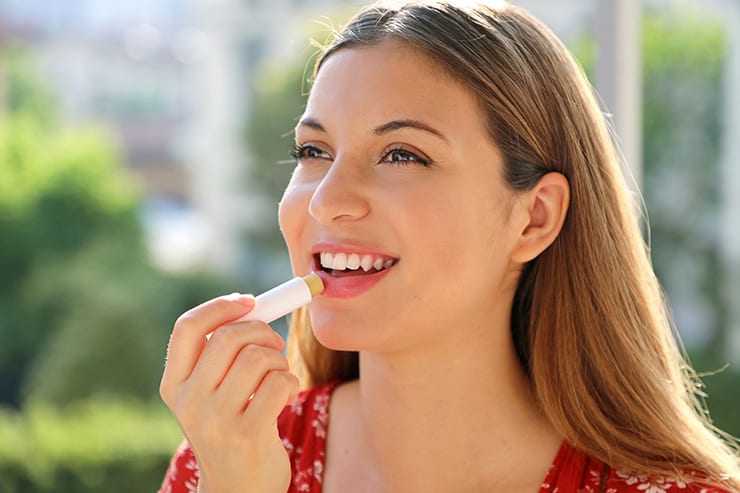March 15, 2023

Did you know that when you visit your dentist and dental hygienist, they are looking at more than just your teeth? A thorough dental exam includes an assessment of your head and neck and oral tissues. One important area to note is your lips! Our lips are susceptible to sun damage and the sunny Okanagan is definitely a culprit for causing changes to our skin cells that can lead to skin cancer. This blog will focus on a condition called Actinic Cheilitis.
Actinic cheilitis is a precancerous condition that can create rough, scaly, discoloured patches on your lips. Prolonged sun exposure causes it, and usually affects your lower lip.
Cheilitis means “inflamed lips.” Actinic cheilitis is a form of actinic keratosis, which are precancerous macules or papules that may occur anywhere on the body. Being precancerous, actinic keratosis can eventually turn into squamous cell carcinoma (SCC), a type of skin cancer.
Anyone can develop actinic cheilitis, but it’s more common in:
Genetic damage to skin cells by ultraviolet light (UV) rays causes actinic cheilitis. Your lips are more vulnerable to the sun’s rays than other areas of your skin. The skin on your lips is thinner and contains less pigment to protect cells from the sun’s damaging rays.
Repeated, long-term exposure of your lips to solar ultraviolet radiation causes actinic cheilitis.
With actinic cheilitis, your skin on one or both lips may look or feel:
Also, the vermilion border (the reddish-coloured line that separates the lips from other skin) may blur. Women sometimes describe difficulty applying lipstick because the lip line is less defined.
The best way to prevent actinic cheilitis and SCC is to protect your lips from the sun’s harmful rays year-round:
People with actinic cheilitis should have routine checkups to detect any changes that could be early warning signs of cancer. Your dentist can detect early signs of sun damage and will advise when to speak to your family doctor.
Be sun safe!! From your team at Okanagan Dentistry.
Source: Actinic Cheilitis: Causes, Symptoms & Treatment (clevelandclinic.org)